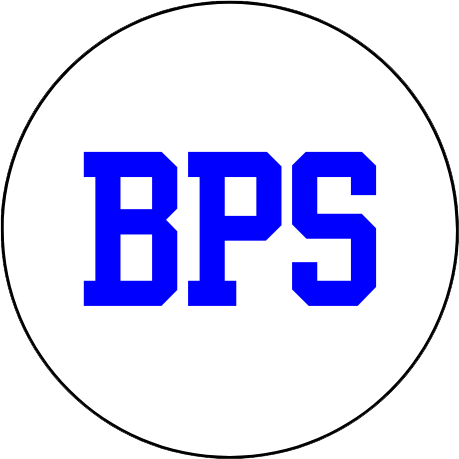Welcome to ESL! - Bienvenidos A ESL

Dear Families,
Welcome to the English as a Second Language (ESL) webpage. This website has been created so we can keep you informed and in touch with different things we are doing in ESL.
Estimadas Familias,
Bienvenido a la página web de Inglés como Segundo Idioma (ESL). Este sitio web ha sido creado para que podamos mantenerlo informado y en contacto con diferentes cosas que estamos haciendo en ESL.
Resources
How to help at home
1. Read with your child every day. You can read in English and/or in your native language. Talk about the things that are happening in the book and pictures.
2. Find reasons for your child to write. Ask them to write thank-you cards, birthday cards, or grocery lists. Your child can also write about his or her day in a journal. Don't worry about spelling mistakes. The more practice your child gets, the better!
3. Talk to your child about things that happen during their day at school or at home. You can ask them to tell you about one thing they learned at school or about a television show they watched at home. Tell them stories about your day or about other important events from your life. It does not matter what language you use, a rich language environment will help your child learn!
4. Look for the letters of the alphabet with your child and ask them the sounds of the letters you find. You can find letters on street signs or go for a "letter hunt" at the grocery store. You can also have your child cut letters out of your junk mail to create new words.
5. Solve math "problems" around the your home and neighborhood. You can sort clothing by color when doing laundry, count, add, or subtract at the grocery store, or use fractions when cooking.
6. Visit the library with your child. At the library you can borrow books, use computers, or participate in programs for children or adults!
Cómo ayudar en casa
1. Lea con su hijo todos los días. Usted puede leer en inglés y / o en su lengua materna. Hable acerca de las cosas que están sucediendo en el libro y las imágenes.
2. Encuentre las razones de su hijo para escribir. Pídales que escriban tarjetas de agradecimiento, tarjetas de cumpleaños o listas de comestibles. Su hijo también puede escribir sobre su día en un diario. No se preocupe por los errores de ortografía. Cuanto más practique a su hijo, mejor!
3. Hable con su hijo acerca de las cosas que ocurren durante su día en la escuela o en casa. Puedes pedirles que te cuenten una cosa que aprendieron en la escuela o un programa de televisión que vieron en casa. Dígales historias sobre su día o sobre otros eventos importantes de su vida. ¡No importa qué lengua usted utiliza, un ambiente rico del lenguaje ayudará a su niño a aprender!
4. Busque las letras del alfabeto con su hijo y pregúnteles los sonidos de las letras que encuentre. Usted puede encontrar las letras en las señales de la calle o ir a una "caza de letras" en la tienda de comestibles. También puede hacer que su hijo corte las cartas de su correo basura para crear nuevas palabras.
5. Resuelva los "problemas" matemáticos alrededor de su casa y vecindario. Usted puede clasificar la ropa por el color al hacer la colada, contar, agregar, o restar en la tienda de comestibles, o utilizar fracciones al cocinar.
6. Visite la biblioteca con su hijo. En la biblioteca se pueden tomar prestados libros, usar computadoras, o participar en programas para los niños o los adultos!
